The Battle of Fýrisvellir is a significant event in the history of Sweden.
It was an epic clash between King Eric the Victorious and his nephew Styrbjörn the Strong on the plains of Fýrisvellir, where modern-day Uppsala is situated. According to Norse sagas, the battle was fought in the 980s, and it marked a turning point in Swedish history.
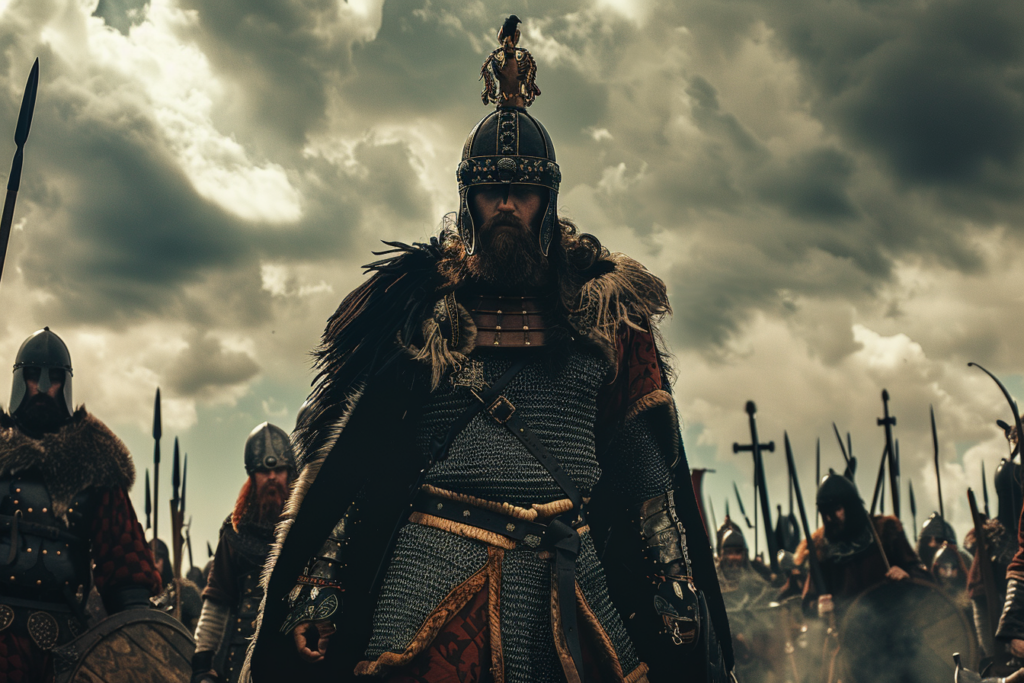
The battle was a fierce one, with both sides fighting valiantly. However, King Eric emerged victorious, earning him the moniker “the Victorious.”
The battle was significant in that it solidified King Eric’s rule and marked the end of the Viking Age in Sweden. It also marked the beginning of the consolidation of power under the Swedish monarchy.
Today, the Battle of Fýrisvellir is an important part of Swedish history and is still remembered and celebrated. It is a testament to the bravery and courage of the Swedish people and their determination to protect their land and their way of life.
Historical Context
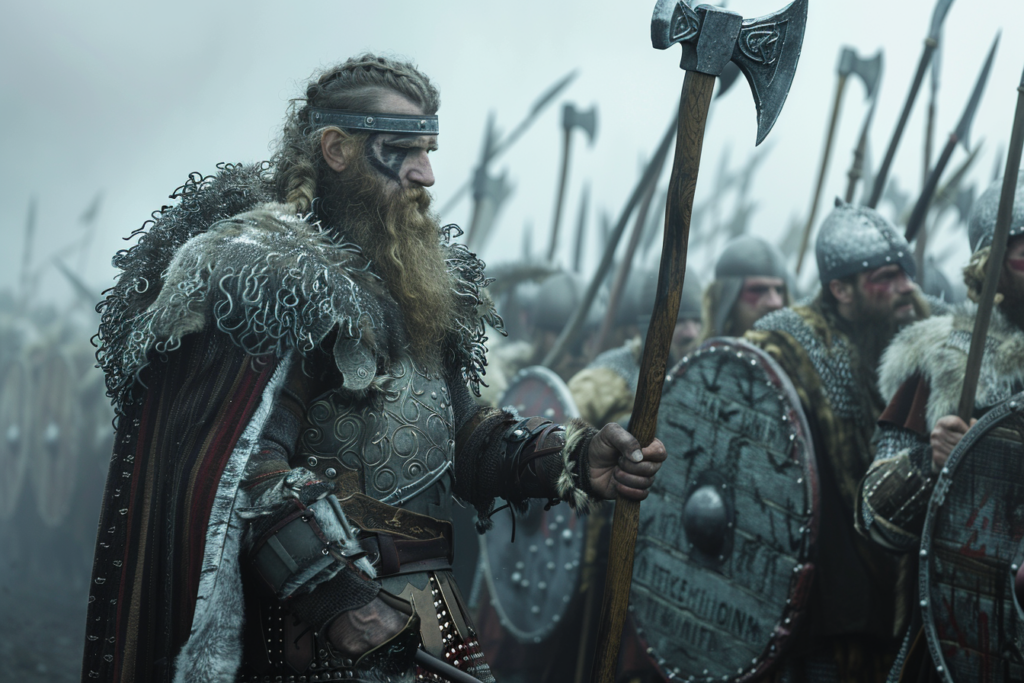
Legendary Figures and Sagas
The Battle of Fýrisvellir was a significant event in Norse mythology and Scandinavian history. According to Norse sagas, the battle was fought between King Eric the Victorious and his nephew, Styrbjörn the Strong, on the plain called Fýrisvellir in the 980s. Eric emerged victorious from the battle and earned the title of “the Victorious.”
Styrbjörn the Strong was a legendary figure in Norse sagas, known for his strength and courage. He was said to be the son of King Olof Björnsson and the brother of King Olaf II of Norway. Styrbjörn was also a contender for the Swedish throne, which led to his conflict with Eric the Victorious.
The Battle of Fýrisvellir is mentioned in several medieval texts, including the Gesta Danorum and the Hervarar saga. These sagas provide a glimpse into the political and cultural landscape of 10th century Scandinavia.
Political Landscape of 10th Century Scandinavia
The 10th century was a time of political upheaval in Scandinavia.
The region was divided into several smaller kingdoms, each vying for power and influence. The Battle of Fýrisvellir was a part of this larger struggle for dominance.
King Eric the Victorious was the ruler of the Swedish kingdom of Svealand. He was a powerful and respected leader who expanded his kingdom’s territory through military conquests. Eric’s victory at Fýrisvellir solidified his position as the dominant ruler in the region.
Styrbjörn the Strong, on the other hand, was a contender for the Swedish throne. He had the support of several powerful allies, including the Danish king Harald Bluetooth. Styrbjörn’s defeat at Fýrisvellir marked the end of his bid for power and paved the way for Eric’s continued reign.
The Battle Unfolds
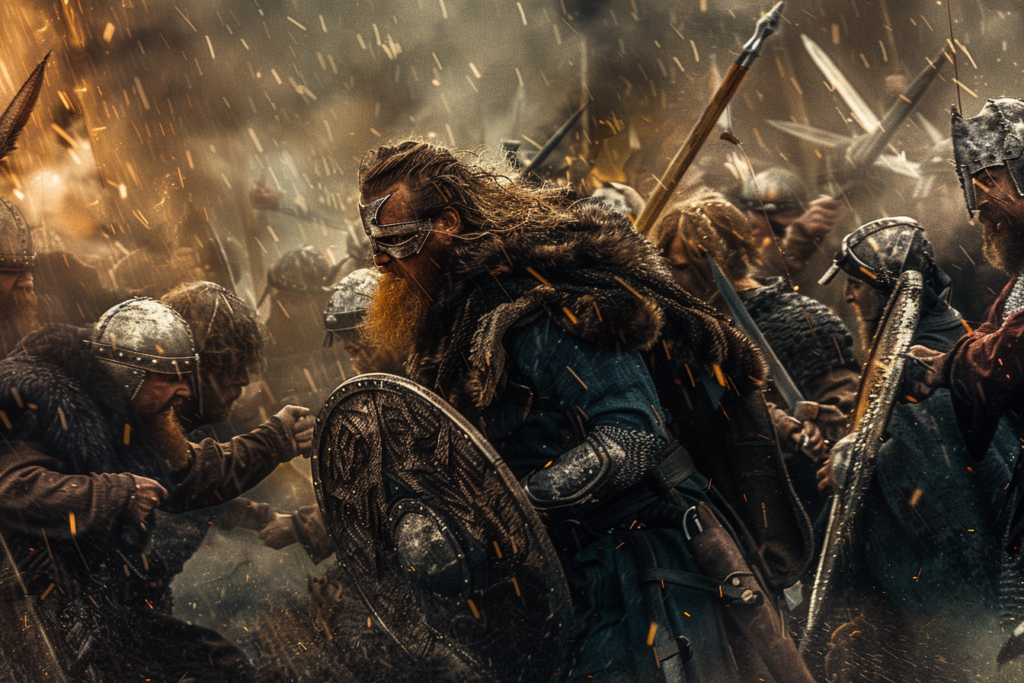
Strategic Movements and Tactics
The Battle of Fýrisvellir was fought in the 980s on the plain called Fýrisvellir, where modern Uppsala is situated, between King Eric the Victorious and an invading force led by his nephew Styrbjörn the Strong. The battle was a pivotal moment in Swedish history, as it marked the end of the pagan era and the beginning of the Christianization of Sweden.
The battle began with the strategic movement of both armies.
King Eric’s army, consisting of the Leidang, a Scandinavian naval defense system, and the Jomsvikings, a legendary group of Viking warriors, moved towards the plain of Fýrisvellir. Styrbjörn’s army, on the other hand, moved towards the same plain from the opposite direction.
Once the armies were within sight of each other, they began to deploy their tactics.
King Eric’s army formed a shield wall, a common tactic used by Viking warriors, and positioned themselves on the higher ground. Styrbjörn’s army, on the other hand, formed a wedge formation, with the strongest warriors at the front.
Key Personalities in the Conflict
The Battle of Fýrisvellir was a clash between two powerful personalities, King Eric the Victorious and his nephew Styrbjörn the Strong. King Eric was a Christian king who had recently converted to Christianity, while Styrbjörn was a pagan who wanted to become the king of Sweden.
The battle also involved the intervention of two Norse gods, Thor and Odin.
According to Norse mythology, Thor, the god of thunder, was on King Eric’s side, while Odin, the god of war, was on Styrbjörn’s side. The intervention of these gods was believed to have influenced the outcome of the battle.
In the end, King Eric emerged victorious from the battle, and became known as “the Victorious”. The Battle of Fýrisvellir marked the end of the pagan era in Sweden and the beginning of the Christianization of the country.
Cultural and Archaeological Significance
The Battle of Fýrisvellir is a significant event in Swedish history, and its cultural and archaeological significance cannot be overstated. The battle is mentioned in several medieval sources, including Eyrbyggja saga, Knýtlinga saga, Hervarar saga, and Saxo Grammaticus’ Gesta Danorum (Book 10).
Runestones and Their Messages
One of the most significant archaeological findings related to the Battle of Fýrisvellir is the runestones that were erected in its aftermath.
The runestones are inscribed with messages that commemorate the battle and its participants. One of the most famous runestones is the Uppland Runic Inscription 53, which is also known as the “Jarlabanke Runestone.” The inscription mentions the battle and names several of its participants, including Styrbjörn the Strong.
Religious Practices and Sacrifice
The Battle of Fýrisvellir was not only a clash of armies but also a religious event.
Sacrifices were made before the battle, and the gods were invoked to ensure victory. Archaeological evidence suggests that animal sacrifices were made at the site of the battle. The discovery of animal bones and other artifacts at the site indicates that the battle was a significant event in the religious life of the people who lived in the area.
The Old Norse translation of the sagas that describe the Battle of Fýrisvellir provides a unique insight into the religious practices of the time.
The sagas describe how the participants made offerings to the gods and how they believed that the outcome of the battle was determined by divine intervention. The sagas also describe how the participants believed that the souls of the dead would go to Valhalla, the hall of the slain, where they would feast with the gods.
Aftermath and Legacy
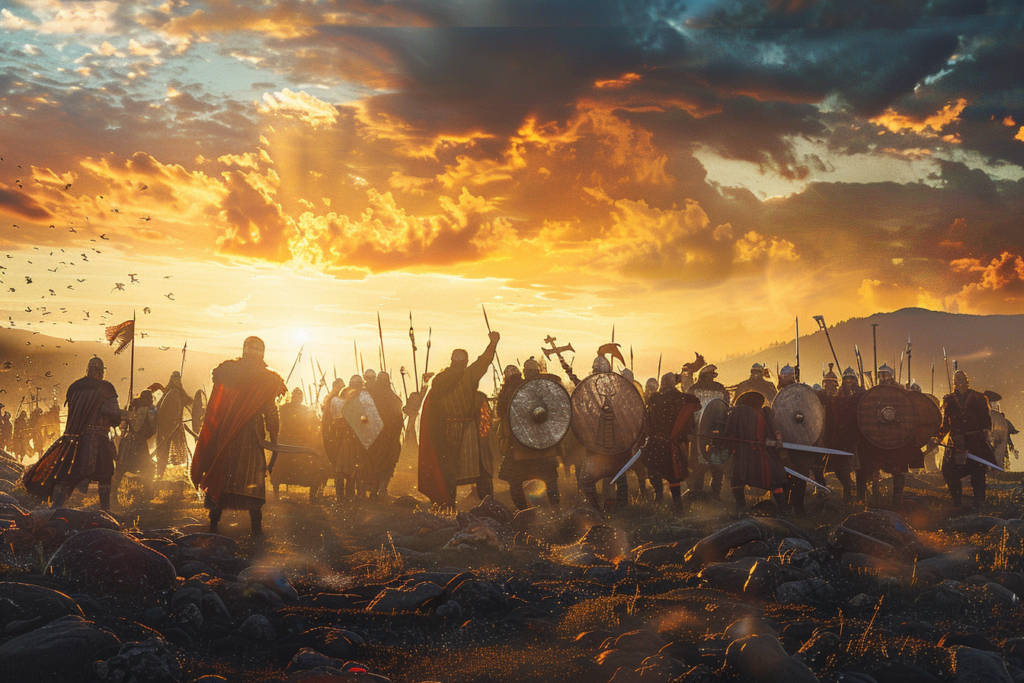
The Battle of Fýrisvellir was a significant event in Swedish history that had a lasting impact on the country’s political and social landscape.
The aftermath of the battle saw King Eric the Victorious emerge as the clear victor, earning him the moniker “the Victorious.” His victory cemented his position as the ruler of the Svear people and solidified his noble descent.
The battle also had a profound effect on the people of Gamla Uppsala, who were eyewitnesses to the conflict.
The battle was later immortalized in the Hervarar saga ok Heiðreks, a medieval Icelandic saga that recounts the epic clash on Swedish soil. The saga describes the battle in vivid detail, including the heroic deeds of the warriors who fought on both sides.
The legacy of the Battle of Fýrisvellir can still be felt in Sweden today.
The battle is considered a cornerstone of Swedish history and is celebrated in various ways, including reenactments and historical exhibitions.
The battle also inspired numerous works of literature and art, including the aforementioned Hervarar saga ok Heiðreks.

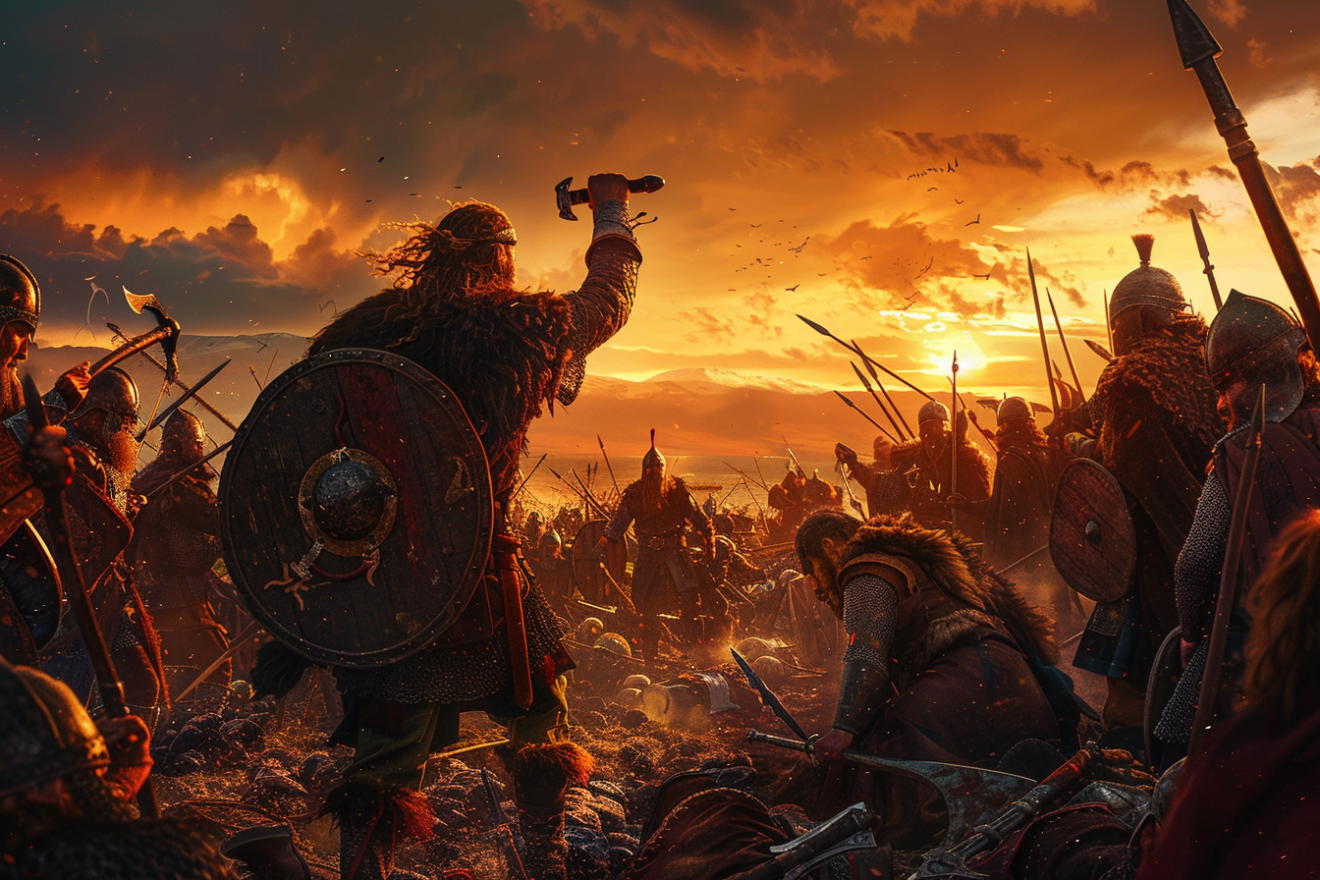

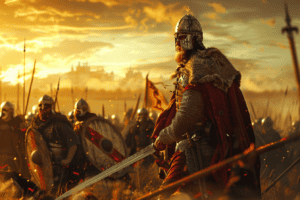






Add Comment